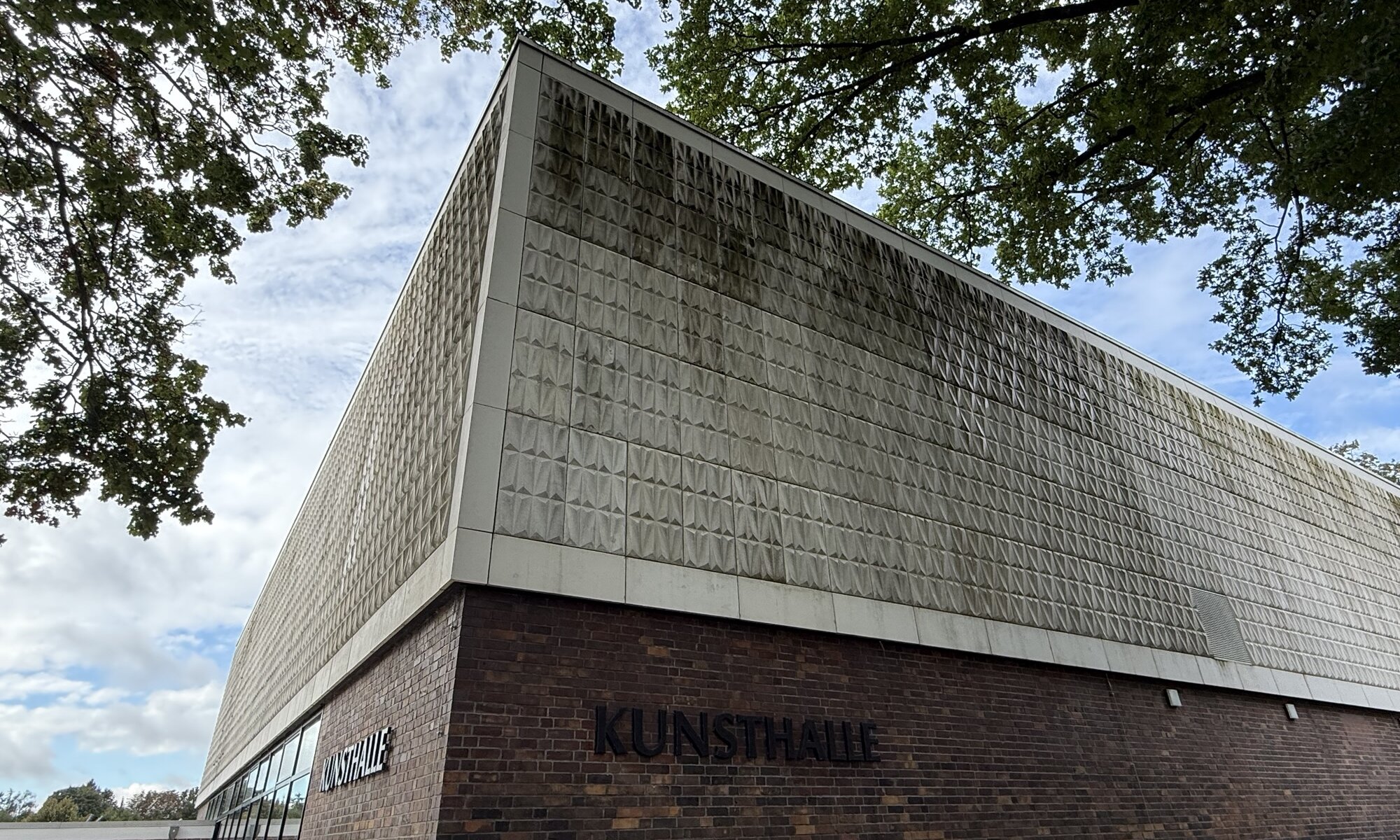The Kunsthalle at Rostock stands as a remarkable testament to both architectural ambition and artistic vision from the days of the former GDR. Conceived in the mid-1960s and officially opened in 1969, it was intended as a showpiece of East German cultural policy, being the first and only purpose-built art museum constructed in the German Democratic Republic. The original plan was to provide a home for the Biennale of Baltic Sea countries, but thanks to the foresight of its founding director, Horst Zimmermann, it quickly began accruing its own significant collection, soon establishing itself not just as an exhibition hall but as a true museum with a focus on collecting, preserving, and researching art.
Despite its origins as a showcase for contemporary artistic dialogue among Baltic nations, the Kunsthalle’s strongest legacy is its commitment to the art of the GDR and the wider region. During the decades before reunification, the museum’s collection grew to encompass around 500 paintings, 200 sculptures, and several thousand graphic works, many with deep roots in the aesthetic and social concerns of East German artists. These works illustrate the prevailing themes of the period, including self-portraiture, landscape, and the daily life of workers, alongside powerful works by renowned figures such as Otto Dix, Ernst Barlach, and Käthe Kollwitz.
A visit to the Kunsthalle today reveals a dynamic blend of its historic mission and contemporary innovation. The museum, beautifully restored and modernised over recent years, boasts spacious galleries filled with an ever-evolving assortment of exhibitions. Contemporary artists from Germany and abroad frequently feature alongside established regional masters, with special emphasis still placed on the legacy of East German modernism. Its collection provides rich insight into the artistic evolution of Mecklenburg-Vorpommern, while regular loan exhibitions ensure that fresh work and new perspectives are always on show.
Above all, the Kunsthalle’s identity is anchored in its ongoing dedication to the art of the former GDR. The museum not only preserves significant works from that era but actively engages with their place in national and international context. This focus offers visitors an unparalleled opportunity to reflect on decades of creative endeavour under unique historical circumstances, and the ways in which artists navigated and responded to ideological, social, and material realities. With such a strongly defined sense of purpose, Rostock’s Kunsthalle truly remains a cultural beacon on the Baltic coast.
Kunsthalle
Rostock
Germany
Loading map...


